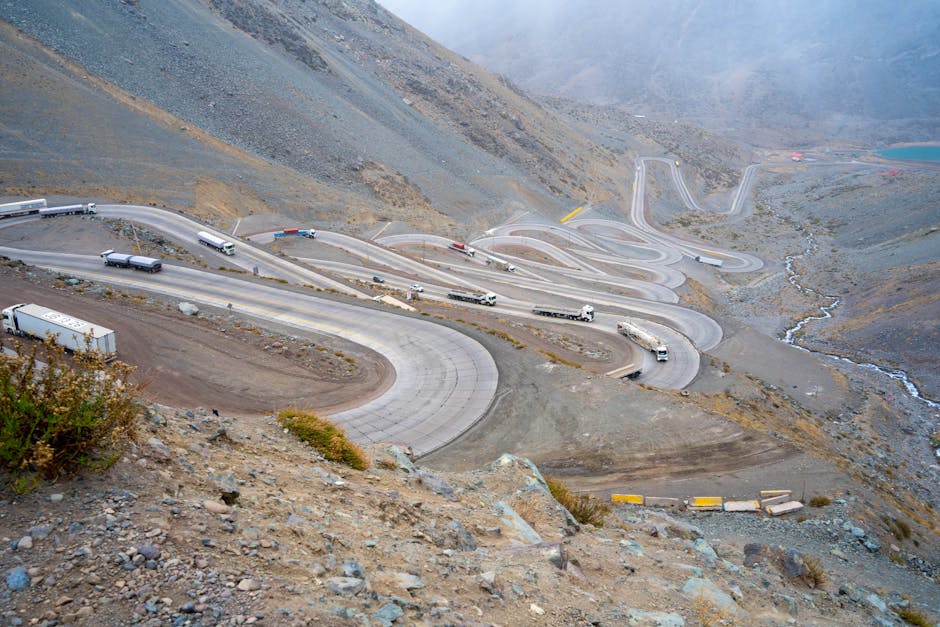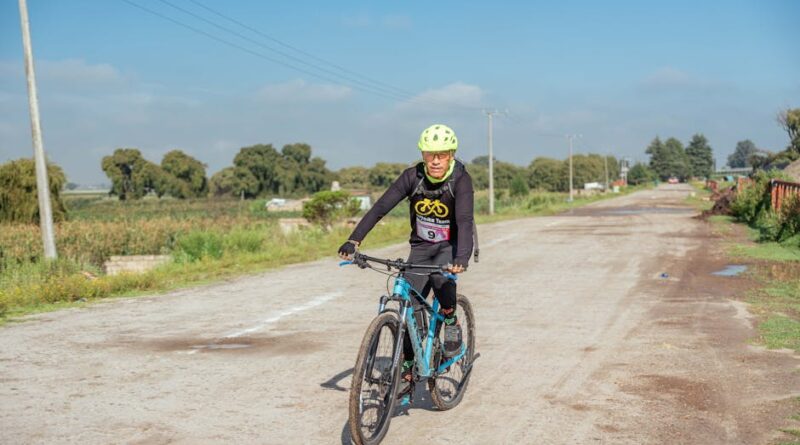Challenges in Rural Transportation
Transportation plays a vital role in connecting communities, driving economic growth, and ensuring access to essential services. While urban areas often receive significant attention when it comes to transportation infrastructure, rural areas face their own unique set of challenges. From limited resources to vast distances, navigating rural transportation issues requires innovative solutions and a deep understanding of the complexities involved. In this article, we will explore the challenges in rural transportation, shedding light on the obstacles that hinder efficient mobility in these areas.
The Impact of Geography on Rural Transportation

By Wandering Bo via Pexels
Rural areas are characterized by their vast landscapes, sparse populations, and limited infrastructure. These geographical factors play a significant role in shaping transportation challenges in these regions. A lack of well-connected road networks, rugged terrain, and harsh weather conditions can make it difficult to provide reliable transportation services to rural communities. For example, mountainous regions may have winding roads that are prone to landslides and avalanches, making it challenging to ensure consistent transportation options for residents.

By Janusz Walczak via Pexels
Lack of Public Transportation Options
One of the most significant challenges in rural transportation is the limited availability of public transportation options. Unlike urban centers, where buses, trains, and subways are common, rural areas often rely on infrequent and unreliable bus services or have no public transportation at all. This lack of options can isolate residents, especially those without access to a personal vehicle, making it difficult to reach employment opportunities, healthcare facilities, and other essential services. As a result, rural communities may experience higher rates of unemployment and poverty due to transportation barriers.
Healthcare Access and Transportation
Access to healthcare is crucial for rural residents, many of whom live far from medical facilities and specialists. The challenge of transportation in rural areas is particularly pronounced when it comes to healthcare access. Long travel times to reach hospitals or clinics can result in delayed medical care, leading to poorer health outcomes for residents. In emergency situations, the lack of efficient transportation options can be life-threatening. Addressing these healthcare transportation challenges requires innovative solutions, such as telemedicine services and mobile health clinics, to bridge the gap between rural communities and healthcare providers.

By Ahmed Sadeq via Pexels
Technological Barriers and Digital Divide
Technological advancements have the potential to revolutionize transportation systems in rural areas, offering new solutions to age-old challenges. However, rural communities often face technological barriers that inhibit the adoption of innovative transportation solutions. The digital divide, characterized by limited access to high-speed internet and digital infrastructure, can hinder the implementation of smart transportation systems, such as ride-sharing platforms and autonomous vehicles. Overcoming these technological barriers is essential to improving transportation efficiency and connectivity in rural areas.
Environmental Sustainability and Rural Transportation
Environmental sustainability is a growing concern in transportation planning, as the impact of carbon emissions and pollution becomes increasingly apparent. In rural areas, transportation challenges intersect with environmental sustainability issues, as long travel distances and limited public transportation options contribute to higher carbon footprints. Finding sustainable transportation solutions for rural communities is essential to reduce greenhouse gas emissions, mitigate climate change, and promote environmentally friendly modes of transport, such as electric vehicles and shared mobility services.

By Janusz Walczak via Pexels
Community Engagement and Transportation Planning
Effective transportation planning in rural areas requires active community engagement to identify the unique needs and preferences of residents. Community input is essential to designing transportation solutions that are tailored to the specific challenges faced by rural communities. Engaging stakeholders, including local residents, businesses, and government agencies, in the planning process can help ensure that transportation projects align with community goals, promote equity, and enhance overall quality of life. By fostering collaboration and inclusivity, transportation planners can develop sustainable and effective solutions to rural transportation challenges.
Government Policies and Funding for Rural Transportation
Government policies and funding play a crucial role in addressing rural transportation challenges and supporting infrastructure development in remote areas. However, rural communities often face disparities in funding allocation compared to urban centers, leading to inadequate transportation resources and services. Advocating for fair and equitable distribution of transportation funding is essential to ensure that rural areas receive the support they need to improve mobility, enhance economic opportunities, and enhance quality of life for residents. By prioritizing rural transportation initiatives and investing in sustainable infrastructure projects, governments can help overcome the challenges that hinder transportation in remote regions.
Conclusion
Challenges in rural transportation are multifaceted and require comprehensive solutions that address the unique needs of remote communities. From geographical barriers to technological limitations, healthcare access to environmental sustainability, rural transportation issues demand innovative approaches and collaborative efforts. By recognizing the importance of efficient and accessible transportation in rural areas, stakeholders can work together to overcome obstacles, improve connectivity, and enhance the overall well-being of residents. As we look to the future, prioritizing rural transportation initiatives and investing in sustainable infrastructure will be essential to create a more inclusive, resilient, and interconnected transportation system that serves all communities.
To wrap things up, addressing challenges in rural transportation requires a holistic approach that integrates community engagement, technological innovation, and government support. By recognizing the complexities of rural transportation issues and working towards sustainable solutions, we can create a more equitable and accessible transportation system for all.




